Phil
-
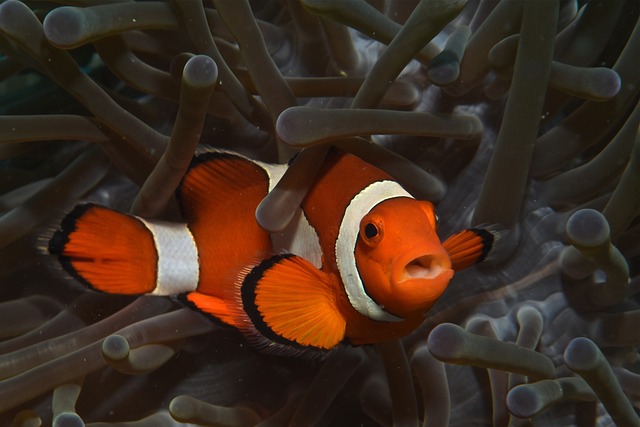
Can Clownfish Thrive in a Bowl? The Truth About Keeping Clownfish in Small Containers
No, clownfish cannot thrive in a bowl. Clownfish are saltwater fish that require a specific environment to survive and thrive. They need a tank that is large enough to provide them with plenty of swimming room, as well as a filtration system to maintain water quality and provide the necessary oxygenation. A bowl does not…
-
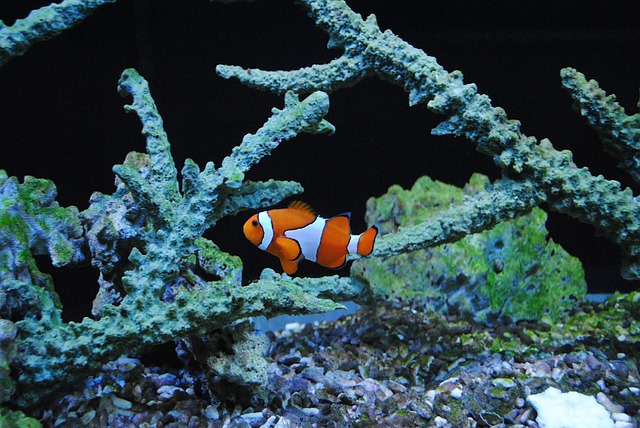
Do Clownfish Eat Coral? A Clear Answer to a Common Question
No, clownfish do not eat coral. Clownfish are omnivorous and feed on small invertebrates, zooplankton, and algae. They have a symbiotic relationship with anemones, which provide them shelter and protection, and in return, the clownfish helps to keep the anemone clean and defend it from predators. However, some species of butterflyfish and angelfish are known…
-
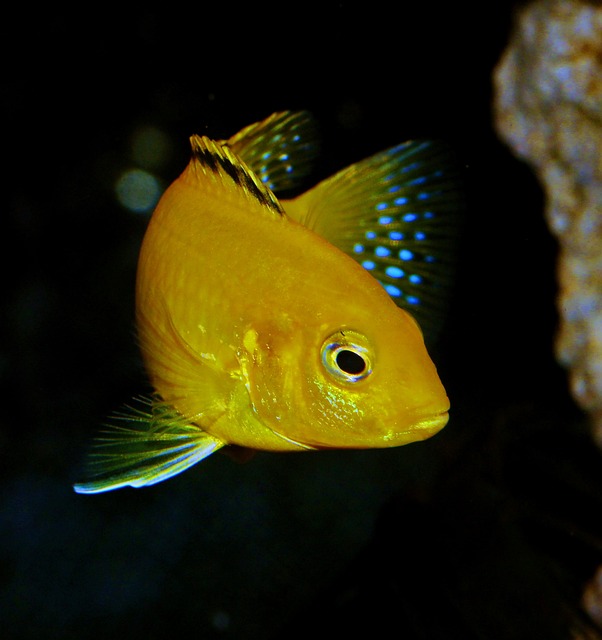
Are Silver Dollar Fish Cichlids? Here’s What You Need to Know
No, Silver Dollar fish are not Cichlids. They belong to the family Characidae, which includes other popular aquarium fish such as Tetras and Piranhas. Cichlids are a separate family of freshwater fish known for their diverse range of sizes, shapes, and colors. They are known for their territorial behavior and parental care of their young.…
-
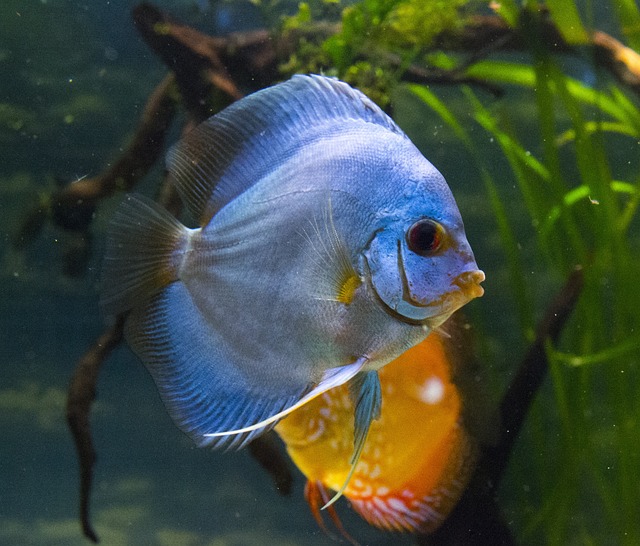
Why Did My Silver Dollar Fish Die: Common Causes and Prevention Tips
There are several common reasons why fish die, including: Poor water quality: Fish require clean and well-oxygenated water to survive. If the water in your aquarium is dirty or contains high levels of toxins, it can harm your fish and cause them to die. Overfeeding: Overfeeding your fish can lead to an accumulation of uneaten…
-
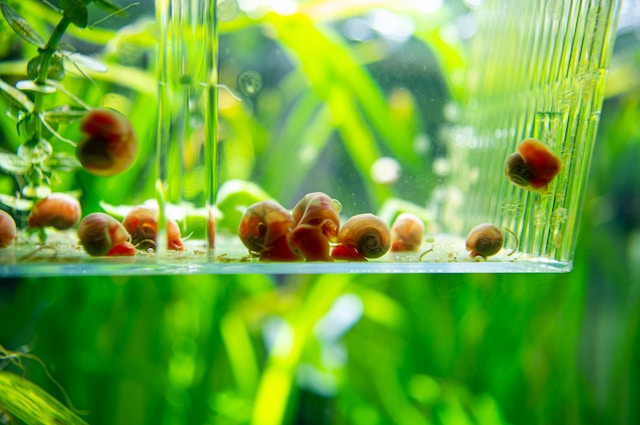
What Do Silver Dollar Fish Eggs Look Like: A Quick Guide
Silver dollar fish eggs are small and round, typically measuring 1-2 millimeters in diameter. They are translucent and have a gelatinous texture, which helps to protect the developing embryo inside. The eggs are often laid in clusters and can be numerous, with a single female silver dollar fish laying hundreds of eggs at a time.…
